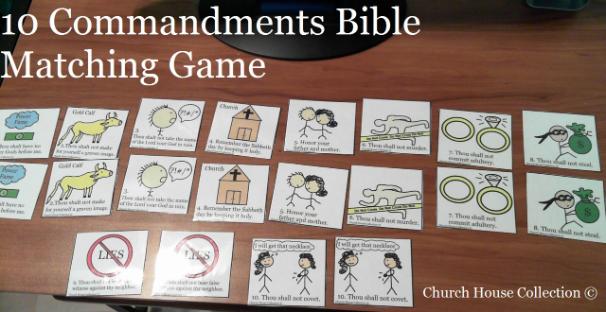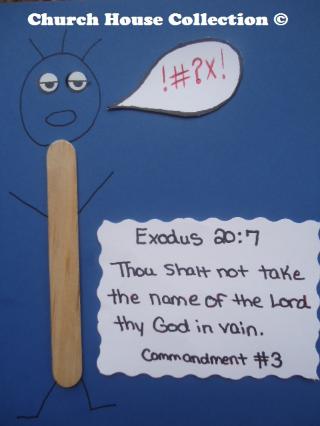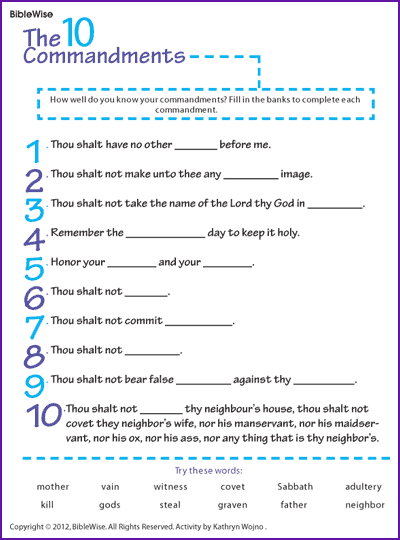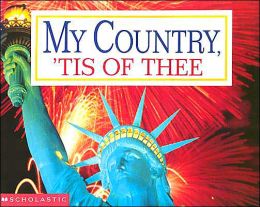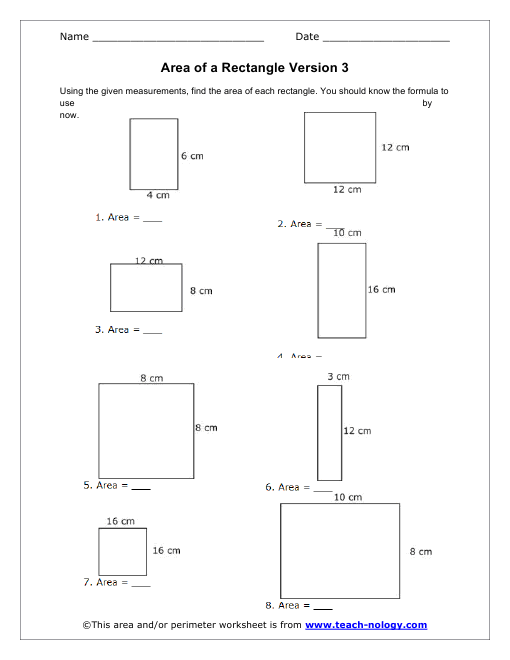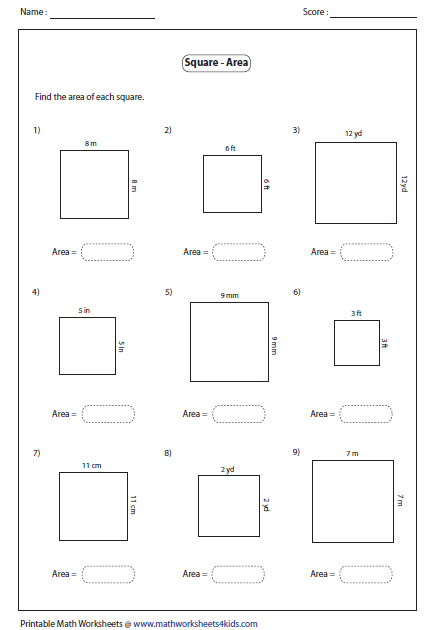Fun Learning About the Greek gods - Percy Jackson Inspired - CC Week 3
/We had a great time learning about the Greek gods with some friends today. The kids are learning the names of prominent Greek and Roman gods this week for school. I found several posts about Percy Jackson books, and parties that were inspired by the books, and decided to have our own fun.

Here is what we did.

We started learning by going on a hunt for 20 different gods and goddesses. Each poster has a QR code on it. When you scan it you find out the name of the god or goddess. You can get them
.



After working hard it was time for a game. We adapted the Mr. Fox game to be a Zeus and Hera game. Whoever was Zeus or Hera went to the top of the hill and turned their back so they couldn't see everyone. They then got to tell the mortals how many steps to take. The mortals job was to go as quietly as possible so they could sneak by. When Zeus or Hera thought they were getting close they yelled, "Zeus is coming down the mountain!" and turned around and chased them. Whoever they tagged became Zeus or Hera next.

After getting some energy out it was time for a quick lesson. We used the CC timeline cards that applied to the gods. We sang the timeline song and stopped each time we got to one of the timeline cards listed and talked about it briefly. We looked at the map as we discussed Greece and Rome being established and how to gods names changed from Greek to Roman when Rome defeated Greece.





Next it was time for shield making! We used cake rounds for the shields and duck tape for the handle on the back. If you use a coupon at Michaels you can get a good deal on cake rounds.


Once the shields were made it was time to talk about the god of war and get ready for battle. Greece and Rome went war in the garage. Both sides were armed with their shields and pool noodle swords. To win the battle you had to have the least amount of balloons on your side at the end.
























